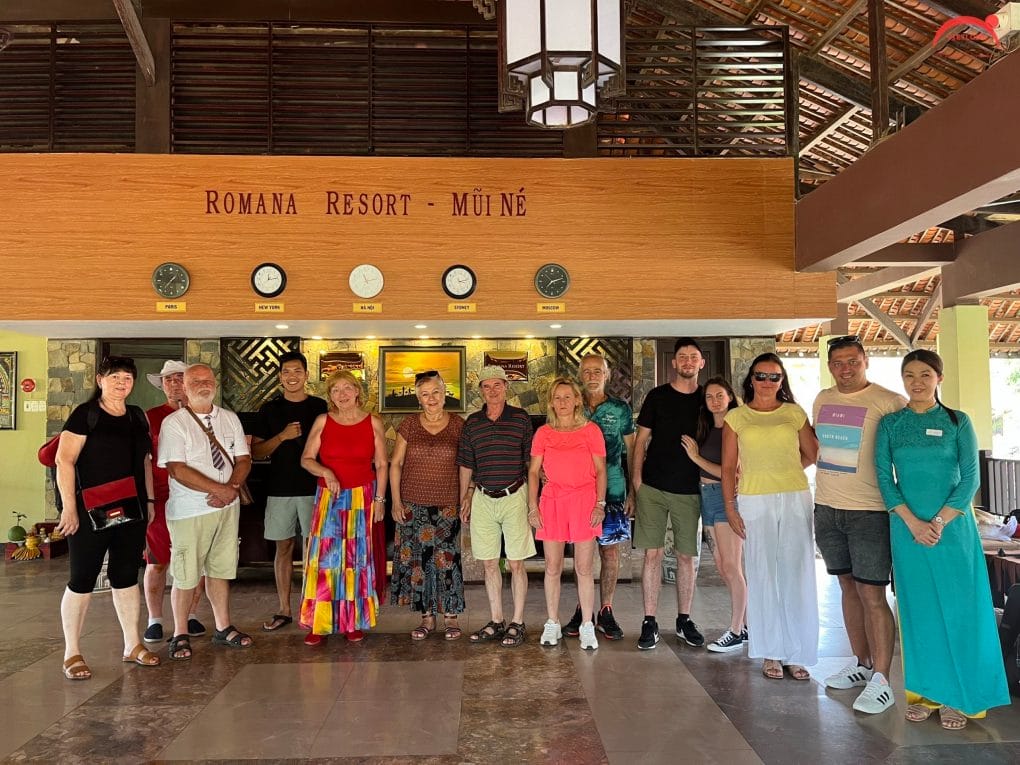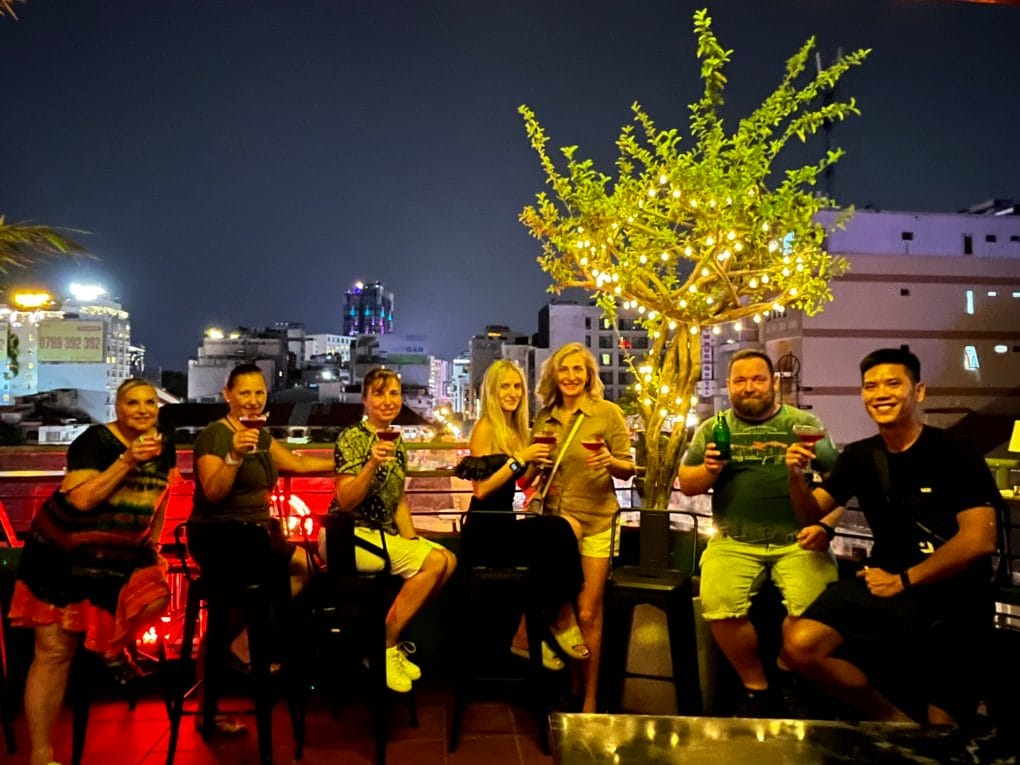MYANMAR DANCES
THE MODERN STICK DRUM DANCE
This is usually performed at novitiation rites, traditional agricultural festivals, and charitable ceremonies. It is a group dance style with byaw drum music and based on Moe Zar Byaw.
THE U SHWE YOE AND DAW MOE
The U Shwe Yoe dances with his comic moustache and comic movements trying to woo the spinster Daw Moe. He dances to the rhythmic sounds of the accompanying dobat or double-faced short drum, cymbals and bamboo clappers. U Shwe Yoe does a good job twirling his umbrella to make his performance more interesting.
THE MARIONETTE DANCE
The puppets, or marionettes, were the main sources of traditional theatrical entertainment during the time of the Myanmar kings, and the yoke-the pew, or marionette theatre, was also very popular in the 18th century. Myanmar puppets are distinctive in dress, style and the intricacy involved in manipulating them. The puppets usually have 20 strings but some have as many as 60, giving the puppeteers room to emulate human dance movements in an uncanny manner. Each troupe consists of 28 puppets comprising a cast of animals, kings and queens, courtiers, princes, and clowns. Plots are usually taken from the 550 Jatakas, or from the Ramayana epic. Puppeteers have to be skilled in not only manipulating the puppets, but also in providing the essential accompaniments of songs and narrative.
THE APYODAW DANCE
The Aphodaw Dance and its musical accompaniment is the purest and oldest form of Myanmar traditional music and dancing. It used to be usually performed by a solo dancer but now it is performed in unison.
THE GOLDEN HARP MUSIC
During the reign of ancient kings, the Myanmar harp was the most popular musical instrument performed with cultural dances in the royal chambers. The dance portrays a young and beautiful Royal Princess, descending gracefully from her golden palace in olden times. This beautiful composition shows graceful and lively dance patterns by a group of dancers. At the finale, the harpists show off their virtuosity with the accompaniment of the full orchestra.






